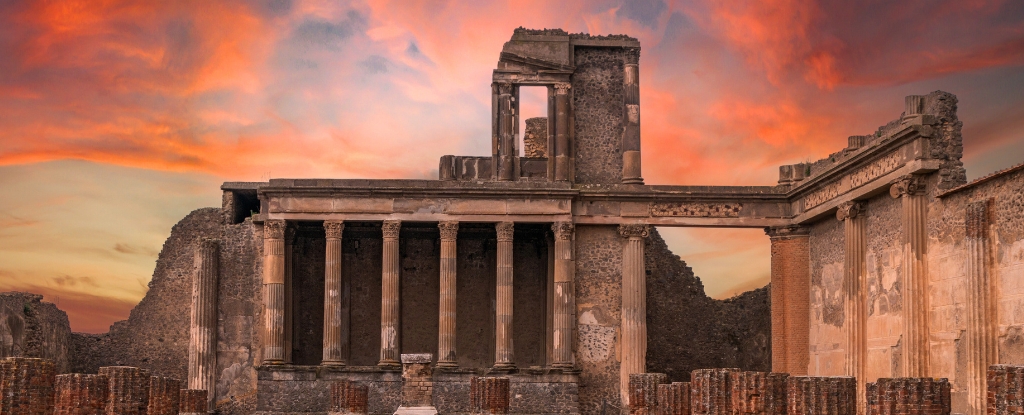
Archaeologists have unearthed significant evidence indicating that Pompeii was reoccupied following the catastrophic eruption of Mount Vesuvius in 79 AD. The discovery was announced by the directors of the renowned archaeological site on Wednesday. Despite the destruction that left the ancient Roman city, which was home to over 20,000 residents, in ruins, some survivors are believed to have returned to the area due to financial constraints that prevented them from relocating.
The recent findings suggest that these survivors were likely joined by others seeking to resettle in a city that had been devastated. Many hoped to find valuable remnants left behind by the earlier inhabitants among the rubble. According to the archaeological team, it appears that this reoccupation formed an informal settlement characterized by precarious living conditions, devoid of the infrastructure typical of a Roman city. The area is thought to have remained occupied until the fifth century.
Reimagining Post-Eruption Pompeii
While some former residents managed to inhabit the upper floors of their homes, the ground floors were repurposed into cellars equipped with ovens and mills for daily needs. Gabriel Zuchtriegel, director of the Pompeii archaeological site, described the post-eruption landscape as “more than a city, a precarious and grey agglomeration, a kind of camp, a favela among the still recognizable ruins of the Pompeii that once was.”
Previous archaeological work had identified signs of reoccupation, but much of this evidence was overlooked amid the rush to explore Pompeii’s vibrant frescoes and well-preserved structures. Zuchtriegel noted that “the faint traces of the site’s reoccupation were literally removed and often swept away without any documentation.” He emphasized that the memory of the city’s destruction in 79 AD has largely overshadowed this significant chapter in its history.
Estimates indicate that approximately 15 to 20 percent of Pompeii’s population perished in the eruption, primarily due to thermal shock caused by the intense cloud of gases and ash that engulfed the city. The volcanic ash subsequently buried the Roman settlement, effectively preserving homes, public buildings, artifacts, and even the remains of its inhabitants until its rediscovery in the late 16th century.
The Significance of Pompeii Today
Pompeii, designated as a UNESCO World Heritage Site, stands as Italy’s second most-visited tourist destination, following the Colosseum in Rome. In 2022, the site attracted approximately 4.17 million visitors. Covering an area of around 22 hectares (54.4 acres), a substantial portion, about one-third, remains buried beneath layers of ash, preserving its historical significance.
The findings from the site not only shed light on the resilience of its people but also enhance our understanding of life in ancient times following a catastrophic event. As archaeological efforts continue, the story of Pompeii continues to unfold, revealing a complex narrative of survival and adaptation.







